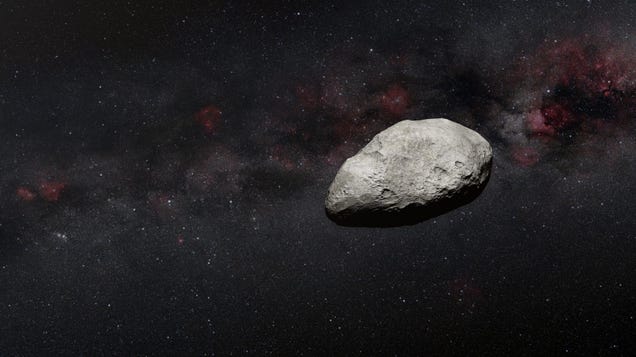
One of the solar system’s 1.1-million-plus asteroids was recently spotted by the Webb Space Telescope, from a distance of about 62 million miles. The asteroid is relatively small, making it a showcase of the new space observatory’s sharp vision.

One of the solar system’s 1.1-million-plus asteroids was recently spotted by the Webb Space Telescope, from a distance of about 62 million miles. The asteroid is relatively small, making it a showcase of the new space observatory’s sharp vision.
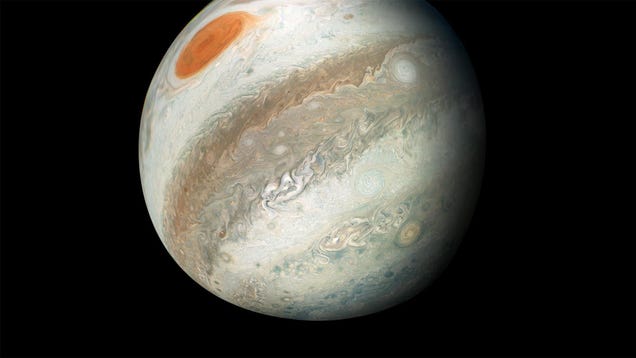
Jupiter is a superstar in our solar system. It’s the biggest, it’s wonderfully gassy, and it now has the most documented moons, clocking in at 92 natural satellites.
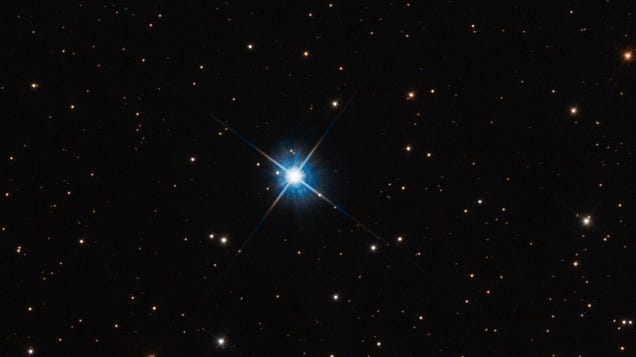
Astronomers just directly measured the mass of a lone white dwarf using the Hubble Space Telescope for the first time. The dwarf—the core remnant of a star—is named LAWD 37, and it burned out about a billion years ago.
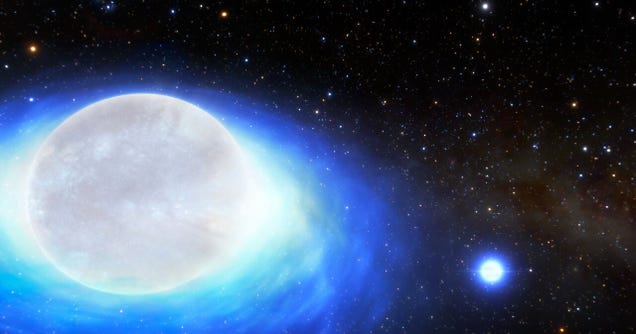
The universe has no shortage of oddities, and researchers at the National Science Foundation’s NOIRLab have observed another one in the form of a particular binary star system. The system, called CPD-29 2176, will eventually trigger a kilonova, a celestial event in which two neutron stars collide in a massive…
Astronomical phenomena tend to occur over timespans that dwarf our human scale—a galaxy changes over millions and billions of years, not decades.
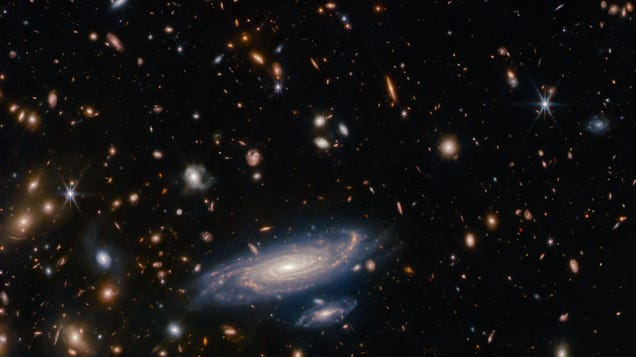
The European Space Agency has released its image of the month for January, and it is (perhaps unsurprisingly) a stunning shot from the Webb Space Telescope.
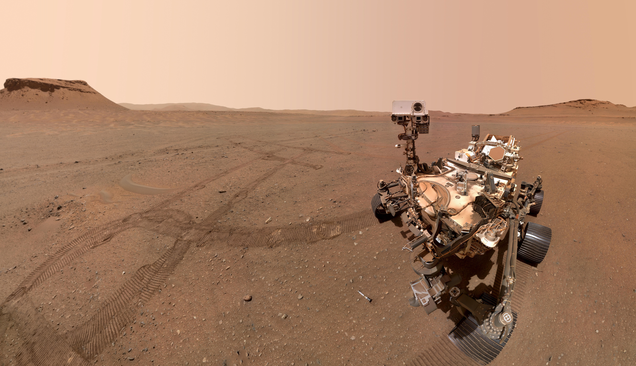
NASA’s Perseverance rover landed on Mars on February 18, 2020, and has since been spending every Martian sol exploring the western end of Jezero Crater, imaging the Martian surface, and—vitally—collecting rock samples that will be shipped to Earth in the early 2030s.
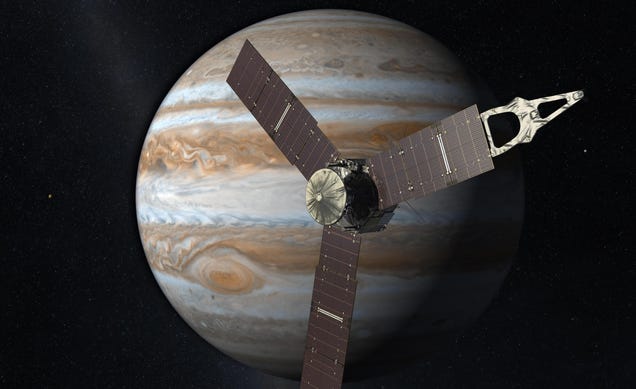
The Juno spacecraft did not take all the images it was supposed to during a flyby of Jupiter on January 22. NASA says it will look into the problem.
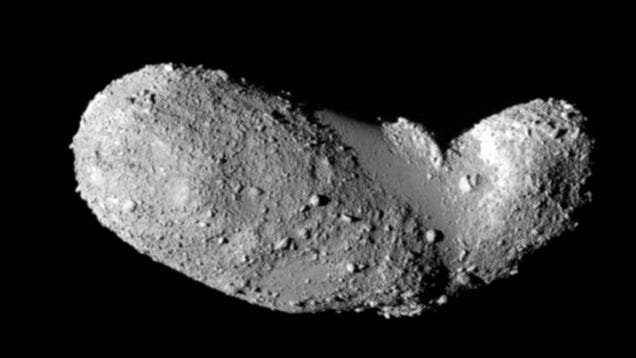
Rubble pile asteroids are more common and durable than previously thought, according to new research. The scientists behind the study say this could pose a problem for planetary defense measures. But there may be reason for optimism, given recent insights gleaned from NASA’s successful DART mission to deflect an…